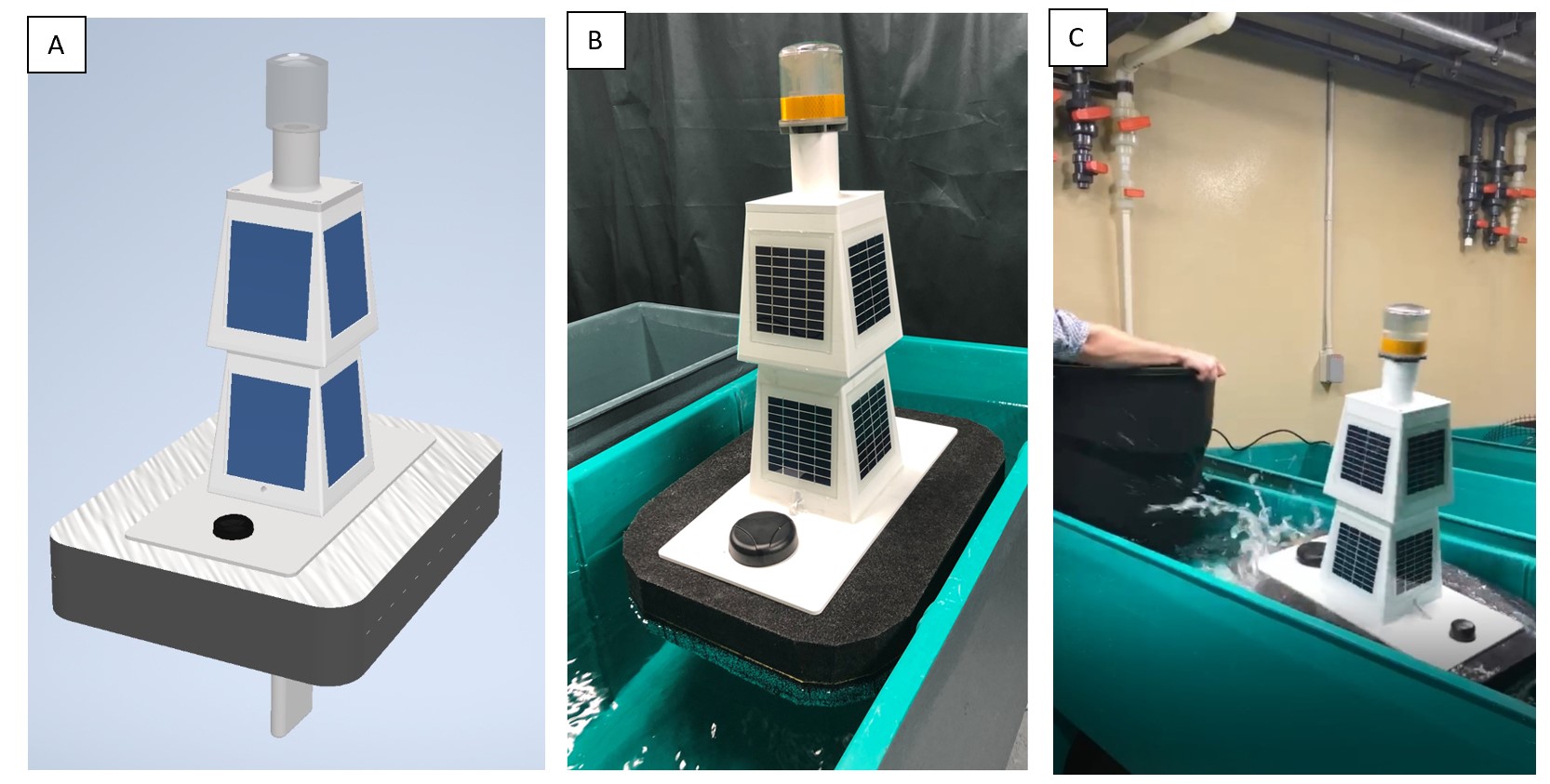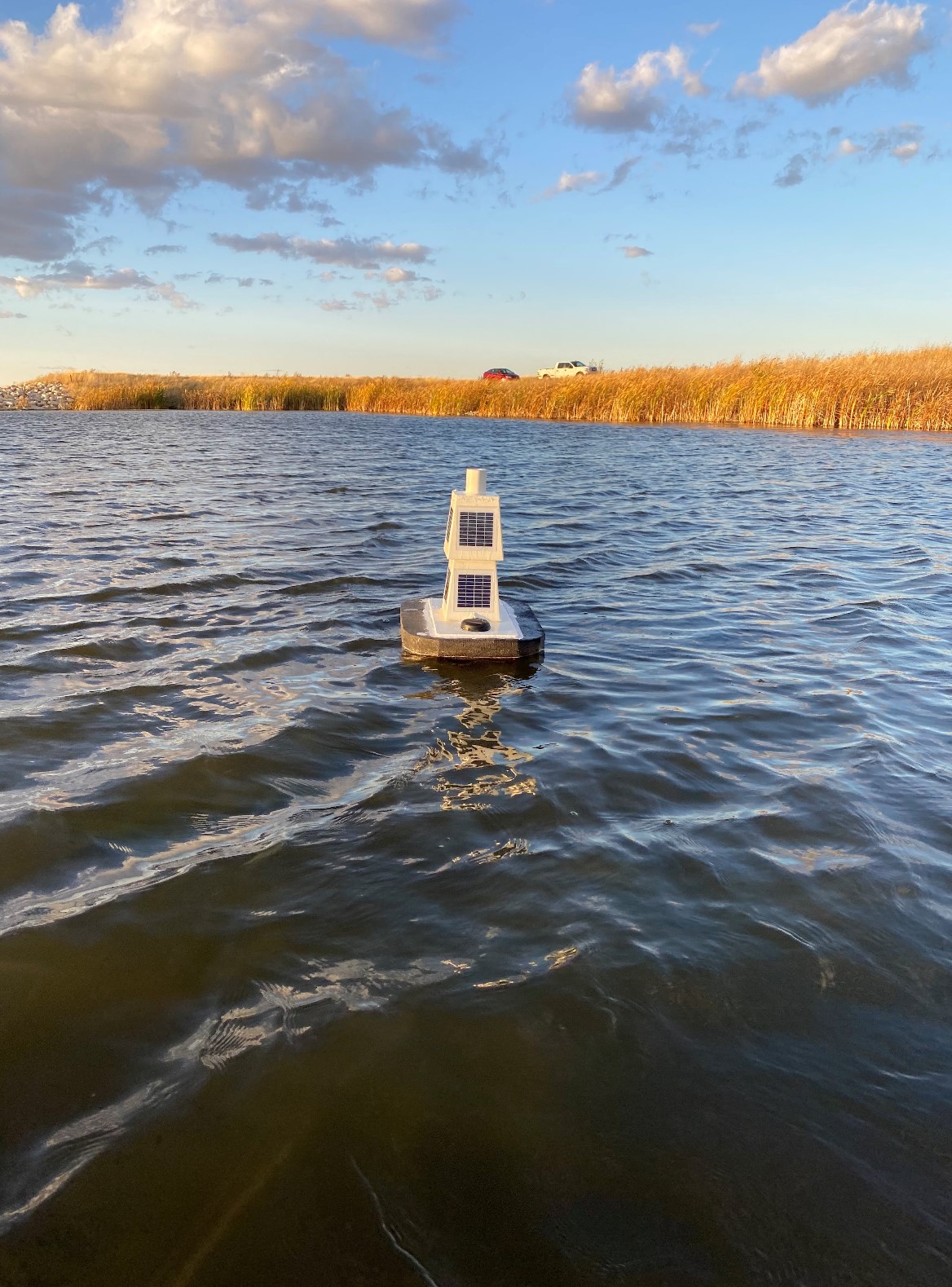Water Watcher
- The platform completed in 2019, comprised of 3D printed parts and custom circuit boards, integrates sensors for quantifying turbidity, total dissolved solids (TDS), and water temperature.
- The turbidity and TDS measurements are made using signal processing in the frequency domain which allows for more accurate measurements
- Concomitant GPS measurements allows for geolocation of data in a stream, lake or reservoir.
- A on-board cellular modem sends data back to a base station so that water quality is measured in near-real time.
- The sensor will be useful for quantifying water quality near storm water outflows and small reservoirs.
- The first deployment was in the spring of 2020 at the Northeast Swale, City of Saskatoon, Canada, with continued lab testing through 2021.
- The system allows for testing of established and new water quality measurement sensors.
- The design files and source code are provided under permissive licenses to encourage design re-use and innovation.
- An updated version of the WaterWatcher will be deployed in urban reservoirs to provide an IoT (Internet of Things) network for spatial characterization of water quality data.
- The development of the sensor was a partnership between the Toxicology Centre, University of Saskatchewan and the Smart Water Systems Laboratory.

(a) CAD software rendering of the sensor structure, (b) Initial tank testing, (c) Buoyancy and stability testing

Deployment at the Aspen Ridge Forebay, Northeast Swale, Saskatoon, Saskatchewan 2020
Citations and Further Information
- Kinar, N. J., and Brinkmann, M. 2021. Development of a sensor and measurement platform for water quality observations: design, sensor integration, 3D printing and open source hardware. Environmental Monitoring and Assessment, in press.
- Preprint
https://www.researchsquare.com/article/rs-449278/v1.pdf
https://www.researchsquare.com/article/rs-449278/v1
https://github.com/nkinar/WaterWatcher
